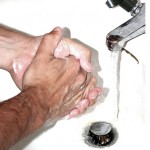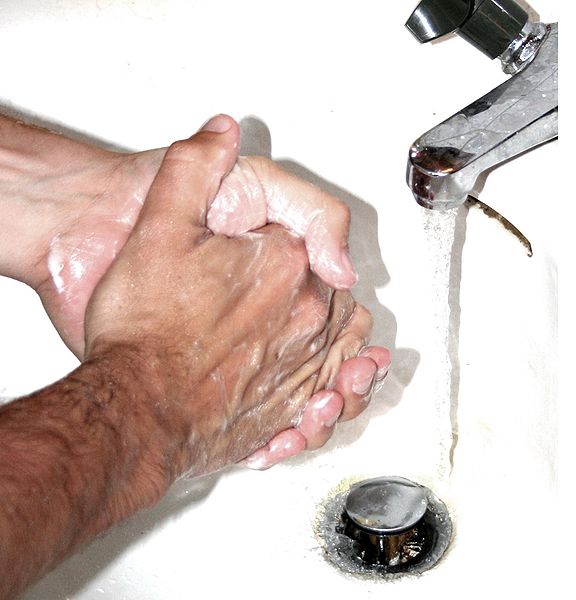 Postoperative infections are a major concern throughout the healthcare industry to the extent that infection rates have become a marker of “quality care”. Patients expect health care workers to protect them from exposure to harmful organisms and, as we know, handwashing is foundational for any infection control program. As anesthesia care providers, we are called upon for insertion of invasive lines where a sterile field is as essential as the sterile field required by the surgeon. Therefore, handwashing among anesthesia providers is essential for patient safety.
Postoperative infections are a major concern throughout the healthcare industry to the extent that infection rates have become a marker of “quality care”. Patients expect health care workers to protect them from exposure to harmful organisms and, as we know, handwashing is foundational for any infection control program. As anesthesia care providers, we are called upon for insertion of invasive lines where a sterile field is as essential as the sterile field required by the surgeon. Therefore, handwashing among anesthesia providers is essential for patient safety.
Since the advent of the germ theory, handwashing has been the first line of defense against pathogenic organisms. In the operating room, handwashing has evolved into a full 5 minute scrub using a bacteriocidal soap or solution. Recently waterless antiseptic solutions have emerged on the market and have been touted as being equally effective as the full 5 minute hand scrub. The efficacy of the antiseptic solutions is still being studied.
A study by Burch et al, Anesth Analg. 2012 Mar;114(3):622-5 (Is alcohol-based hand disinfection equivalent to surgical scrub before placing a central venous catheter?) Looks specifically at anesthesia providers using various techniques for hand cleaning prior to insertion of a Central Venous Catheter. Five different hand cleaning techniques were used and hands were cultured after cleaning. The techniques were as follows
- Traditional 5 minute hand scrub
- Traditional 5 minute hand scrub, 15 minute break, then alcohol only cleanser
- Alcohol only cleanser
- Alcohol only cleanser, 15 minute break, then traditional 5 minute scrub
- Waterless surgical scrub alone
The authors found that method 3, the alcohol only cleanser was significantly less effective than the traditional hand scrub. This study supports the theory that hands are best decontaminated by using the full 5 minute scrub at the beginning of each day.
Click here to read an abstract of the original work.
